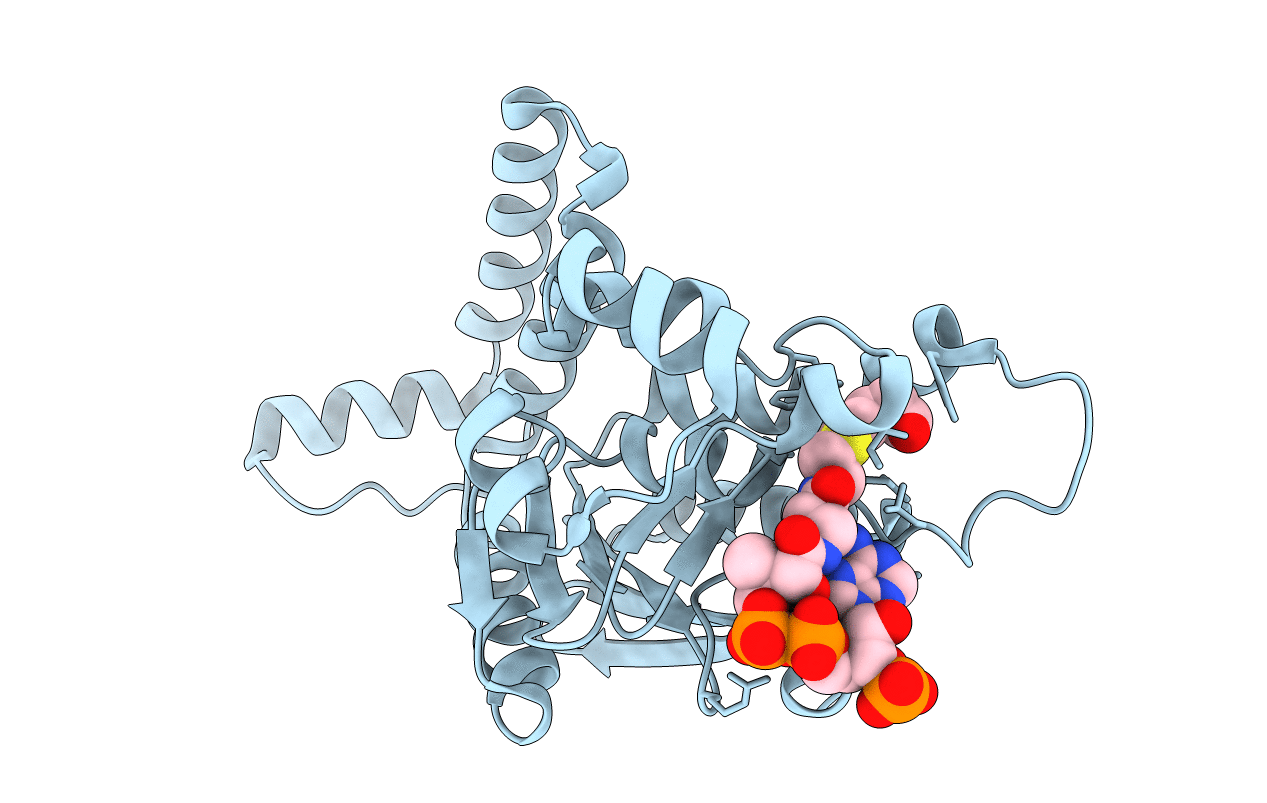
Deposition Date
2019-08-19
Release Date
2019-12-11
Last Version Date
2024-01-24
Entry Detail
PDB ID:
6SLB
Keywords:
Title:
Crystal structure of isomerase PaaG with trans-3,4-didehydroadipyl-CoA
Biological Source:
Source Organism:
Thermus thermophilus JL-18 (Taxon ID: 798128)
Host Organism:
Method Details:
Experimental Method:
Resolution:
1.88 Å
R-Value Free:
0.21
R-Value Work:
0.16
Space Group:
P 21 3


